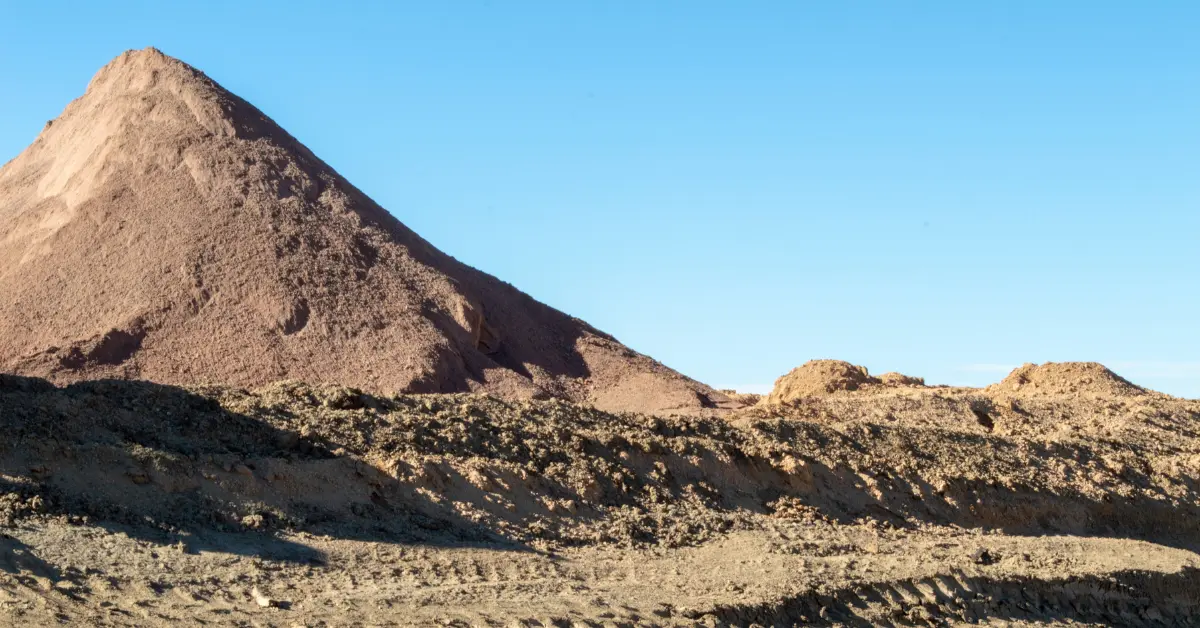
When contractors think about rising construction costs, materials and labor usually take center stage. But there’s another expense silently eating into profits: dirt disposal.
Every job generates excess material — whether it’s excavation spoils, site prep, or grading work. Too often, this surplus gets hauled off to landfills or distant dump sites, racking up hauling fees, tipping charges, and wasted labor hours. The truth is, dirt disposal can become one of the most underestimated budget drains on a project.
Let’s break down the real cost of dirt disposal — and the smarter alternatives contractors are using to save.
Why Dirt Disposal Costs Add Up
- Hauling Fees – Dirt is heavy, and trucking it long distances quickly eats into margins.
- Tipping Charges – Many landfills and dump sites charge per load or per cubic yard.
- Lost Time – Every hour a truck is on the road hauling away dirt is an hour it’s not moving material that adds value to your project.
- Environmental Impact – Dumping usable fill instead of reusing or matching it contributes to unnecessary waste and emissions.
The Missed Opportunity
Here’s the irony: while some jobsites are paying to dump dirt, others nearby are paying to import fill. Without visibility into local supply and demand, contractors miss the chance to turn disposal costs into savings — or even revenue.
Smarter Solutions with Digital Tools
This is where technology is changing the game. Platforms like Soil Connect’s Digital Marketplace are helping contractors rethink disposal by:
Matching surplus dirt with jobsites that need fill
Cutting out hauling to landfills and long-distance dump sites
Reducing tipping fees and wasted trucking hours
Keeping projects on schedule and budgets intact
The Bottom Line
Dirt disposal isn’t just a logistical chore — it’s a budget line item with real financial impact. By rethinking how we handle surplus material, contractors can eliminate hidden costs, save valuable time, and even turn excess dirt into opportunity.
The future of construction efficiency isn’t just about sourcing smarter — it’s about disposing smarter, too.

.svg)






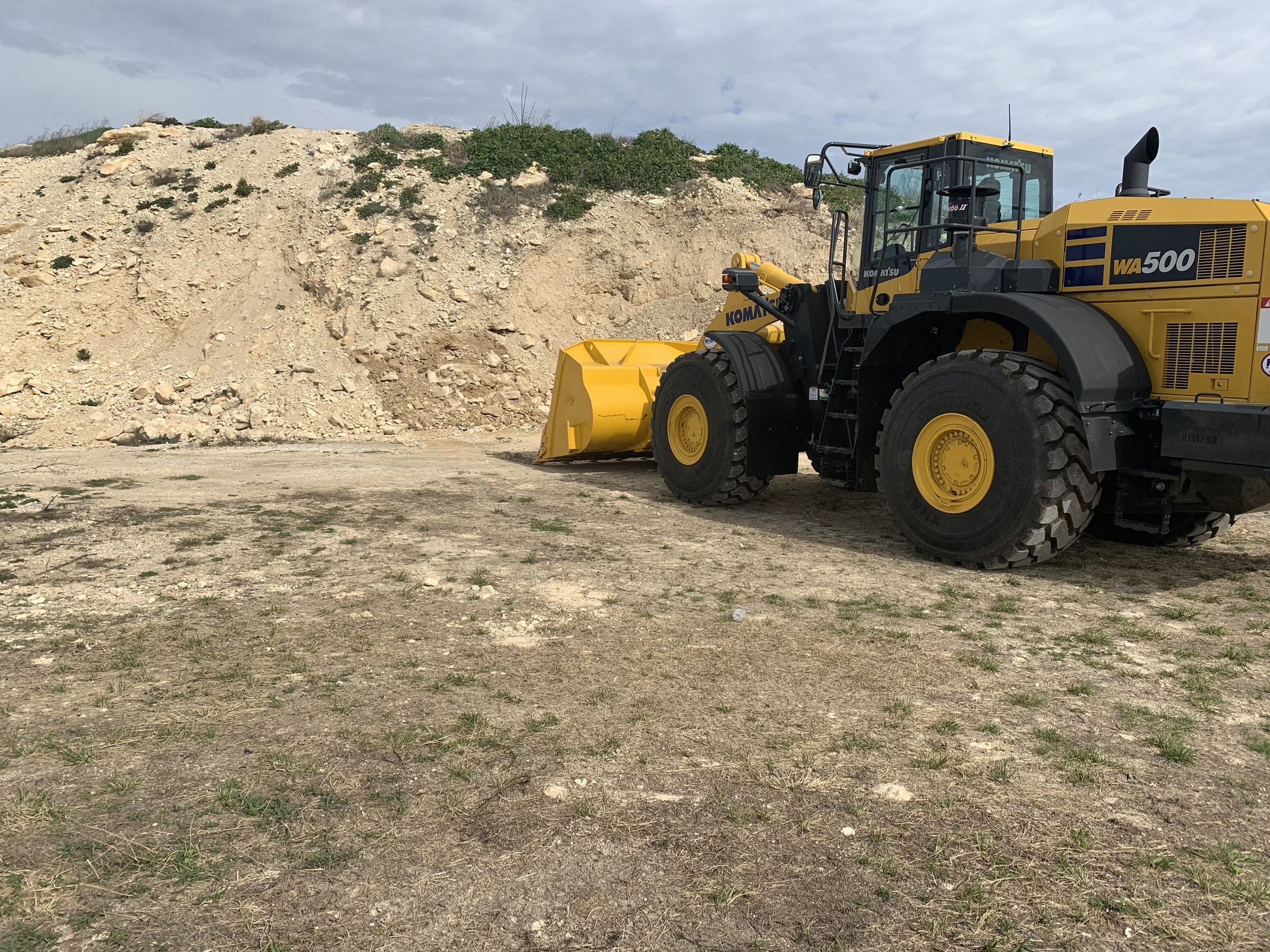
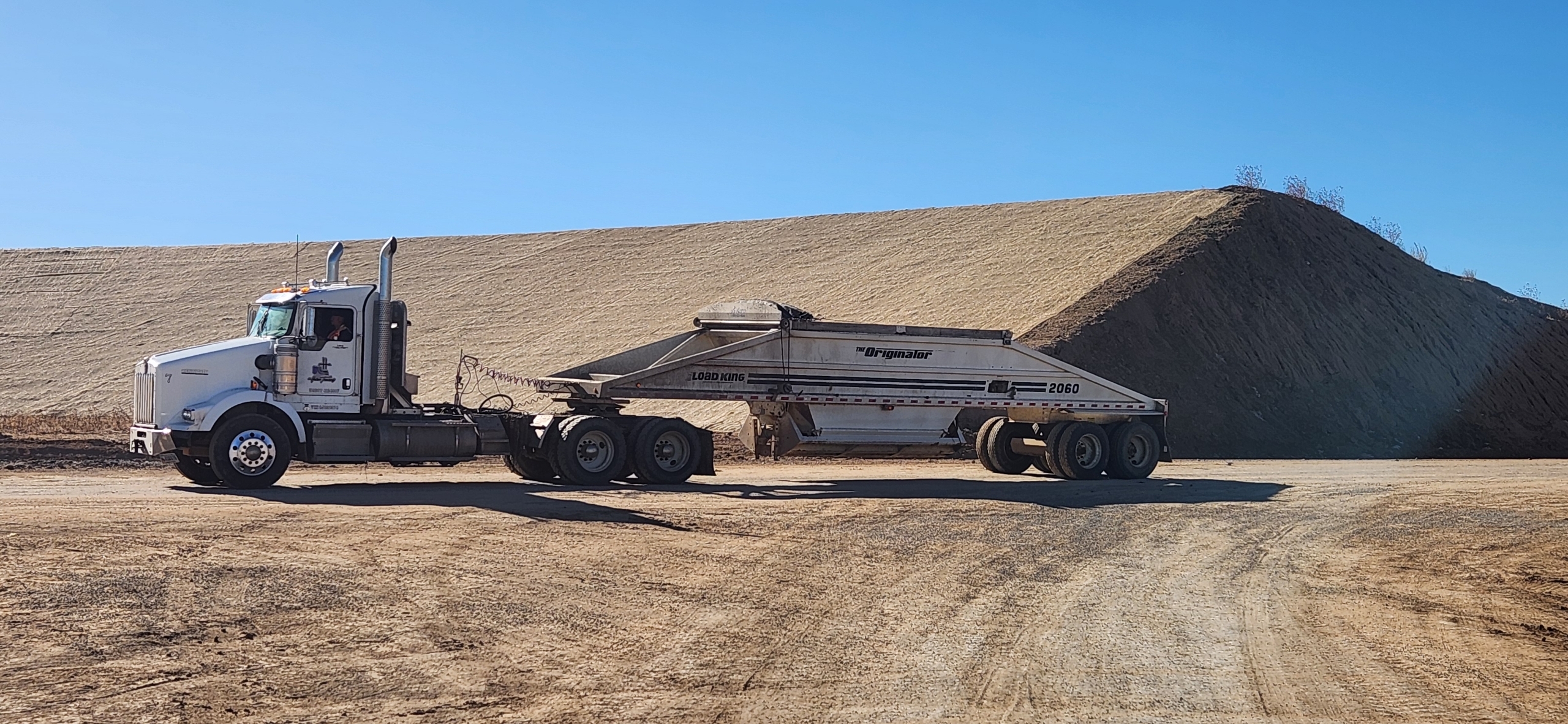
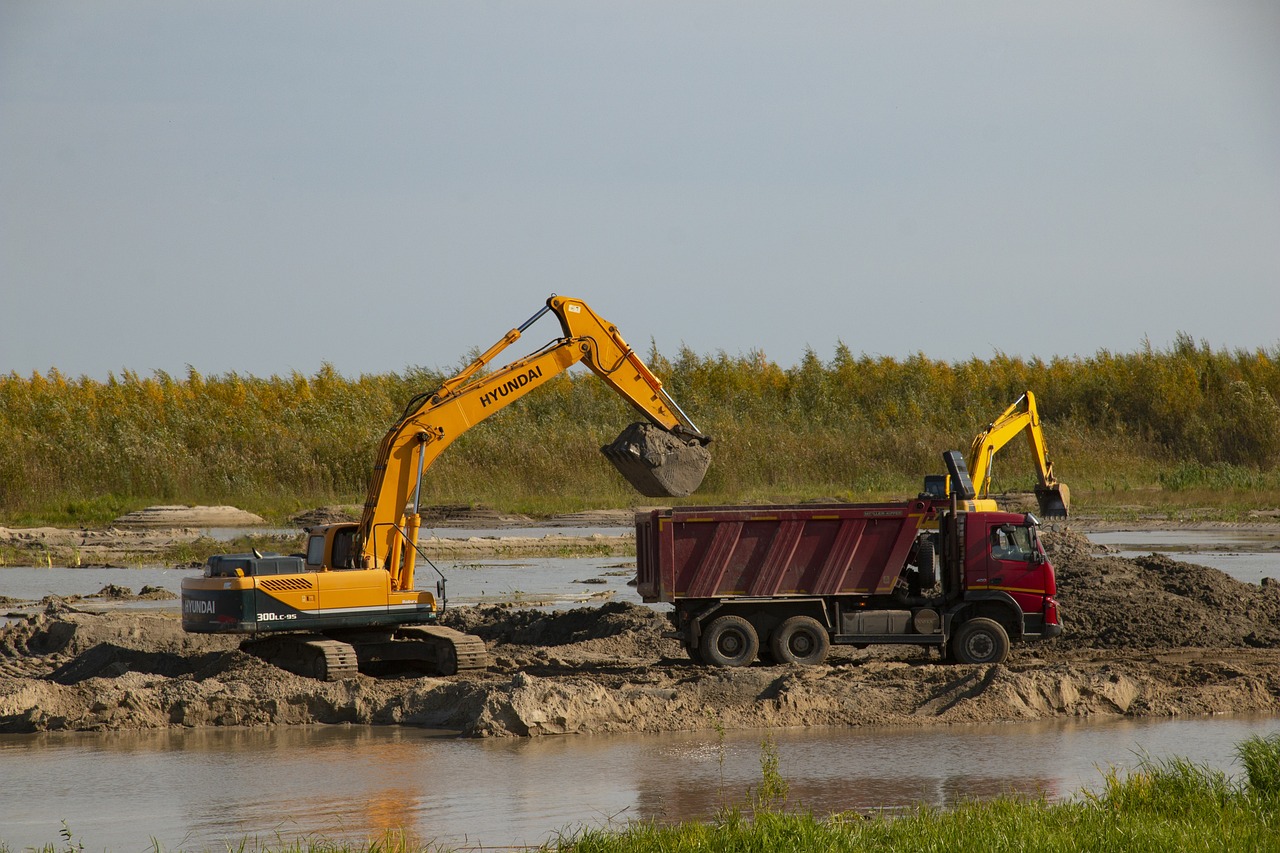

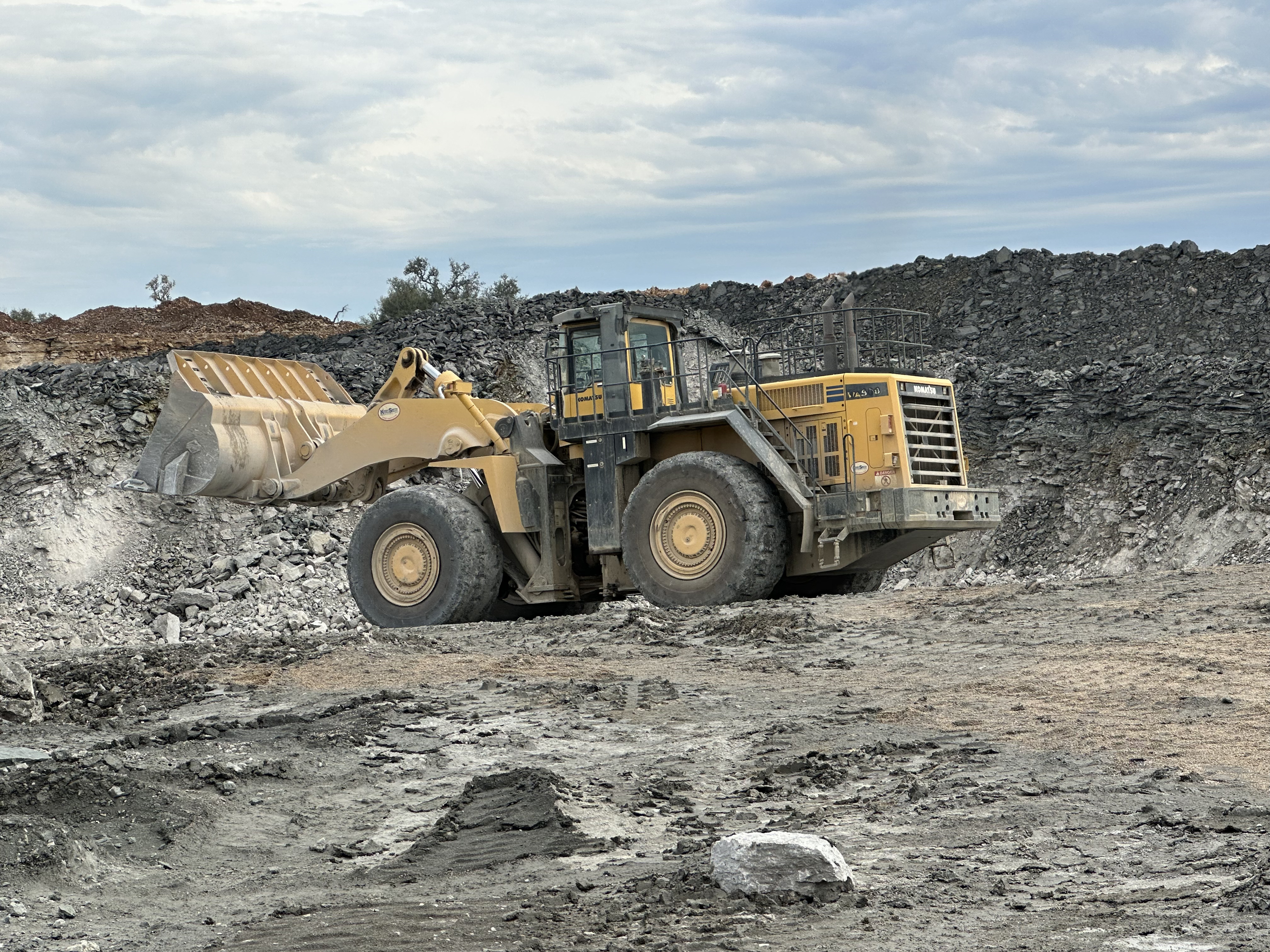
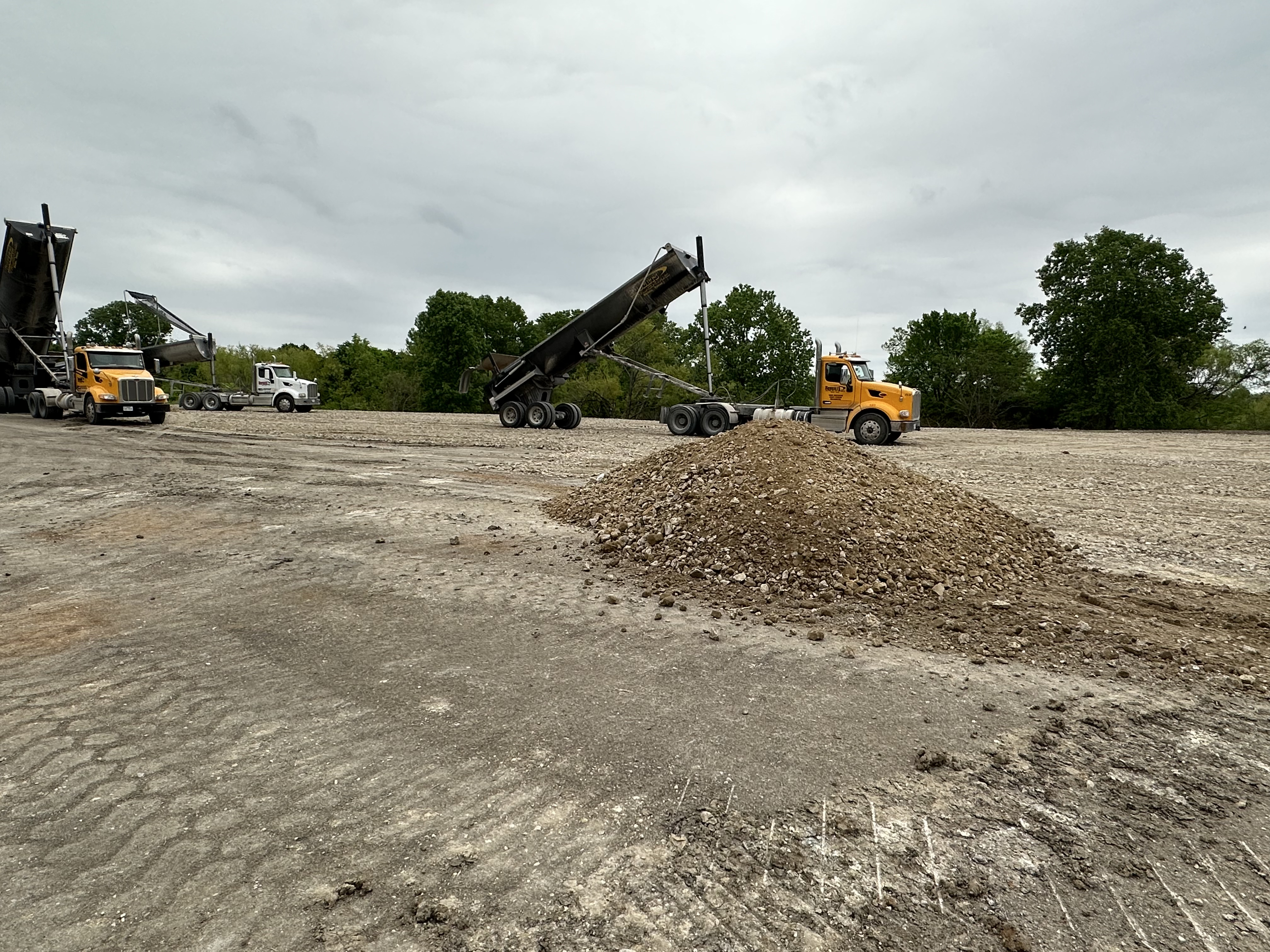


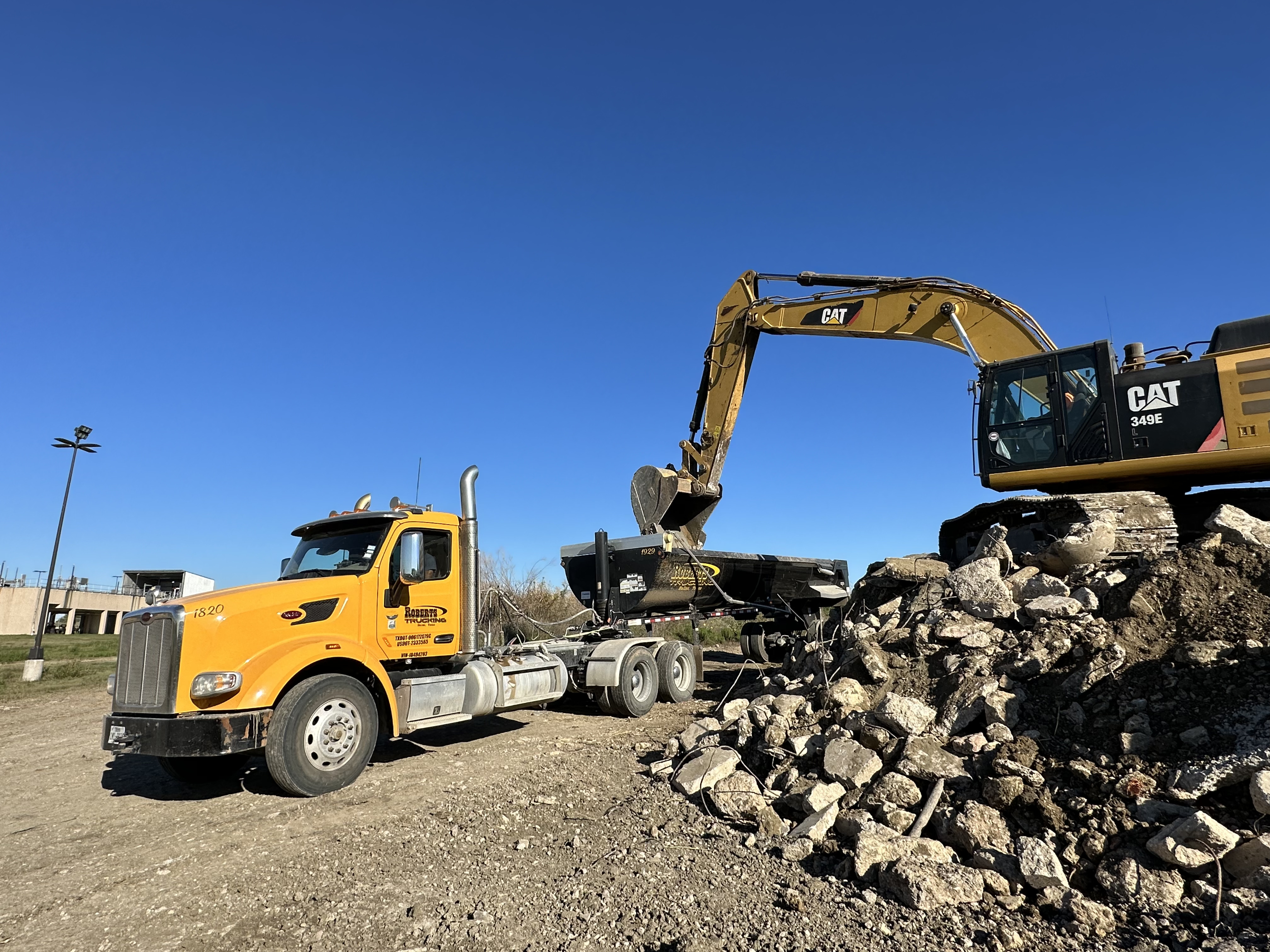
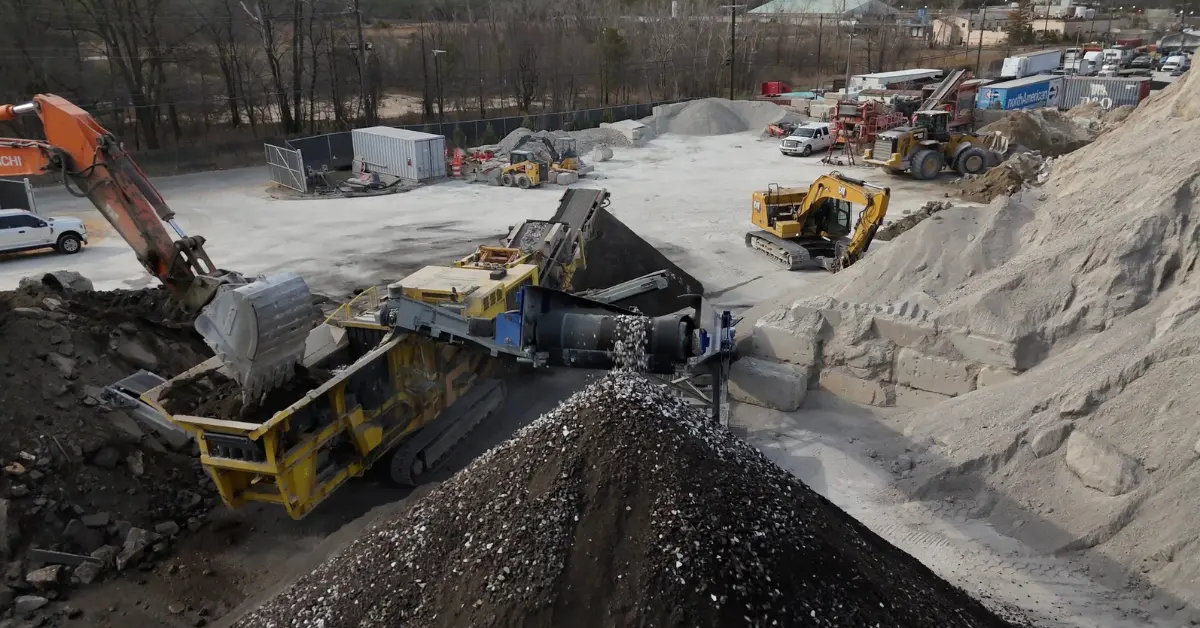
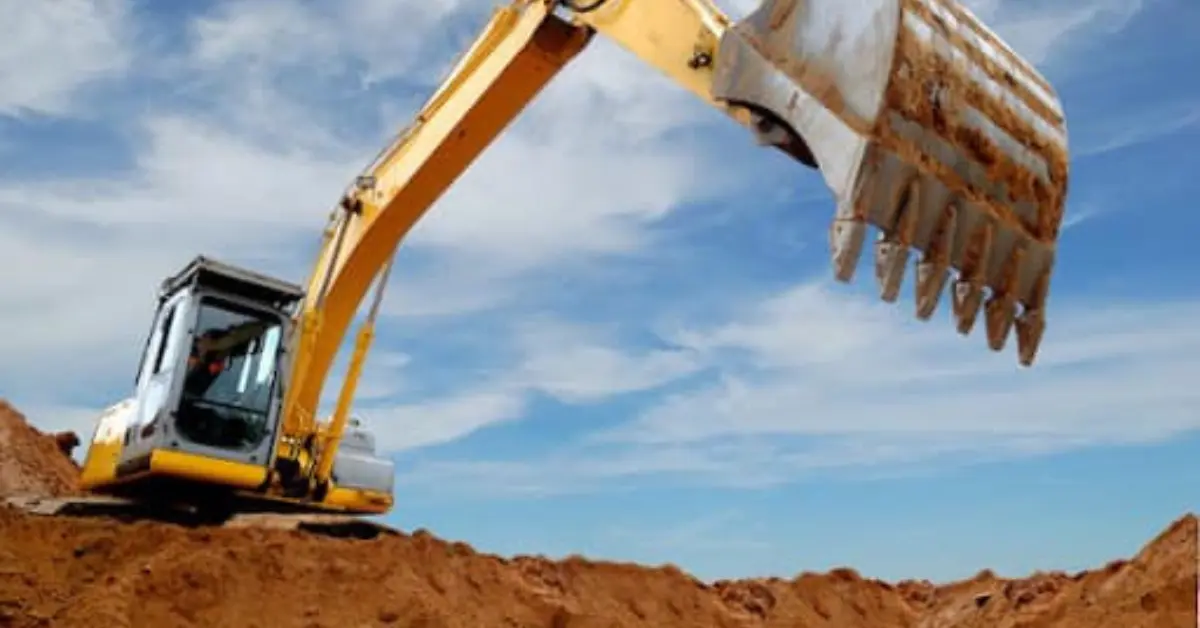

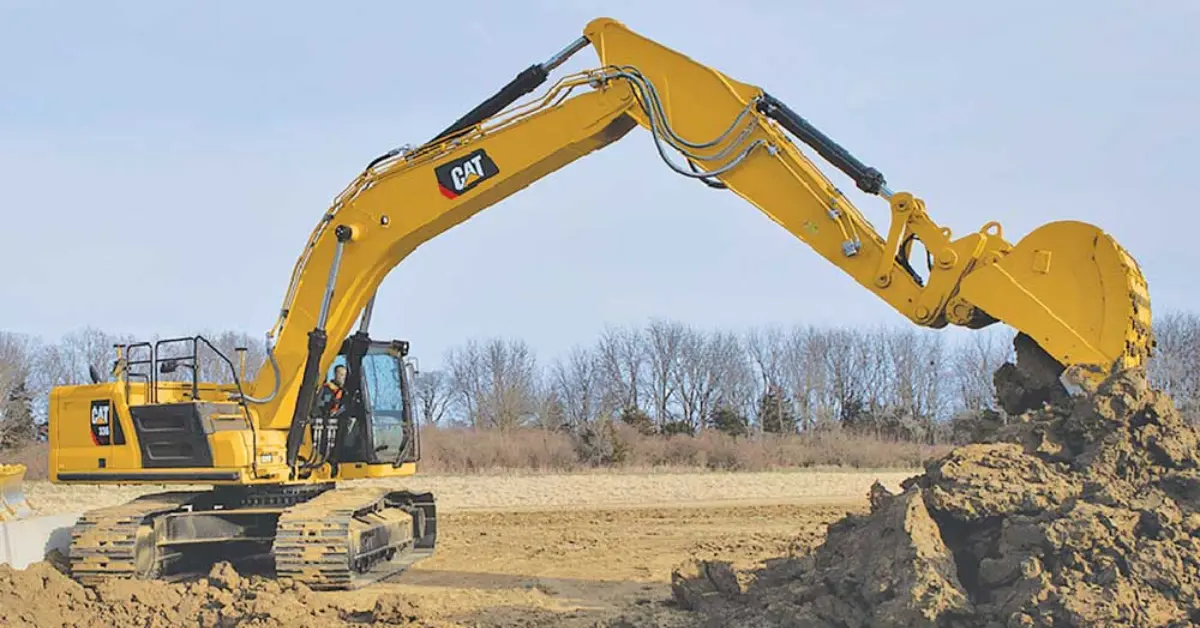
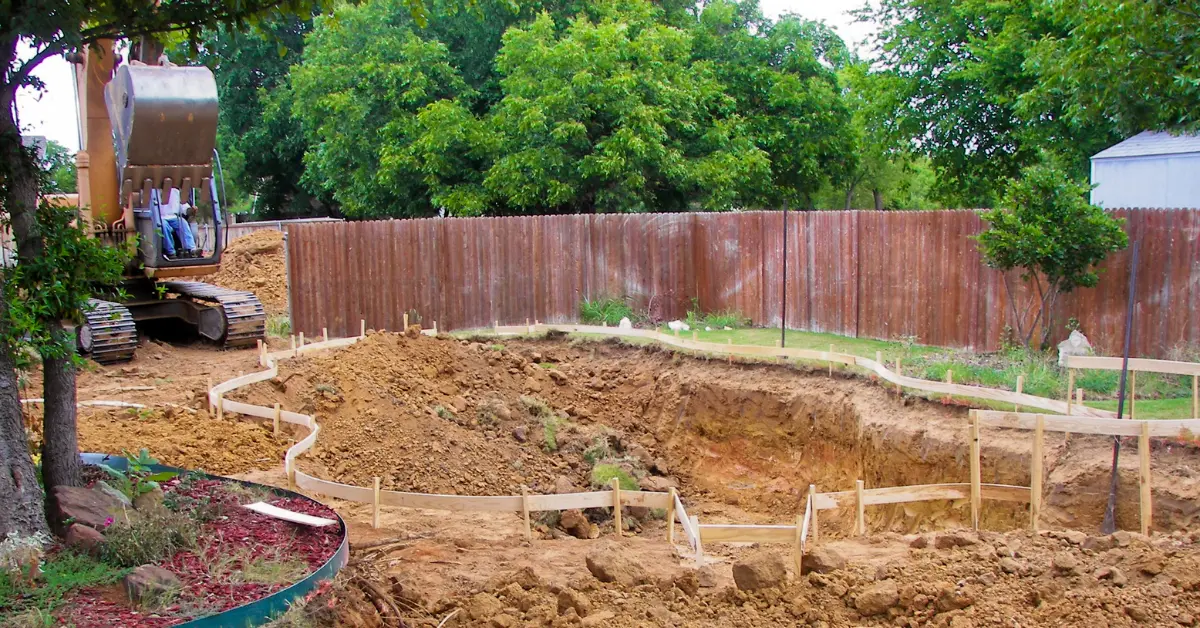
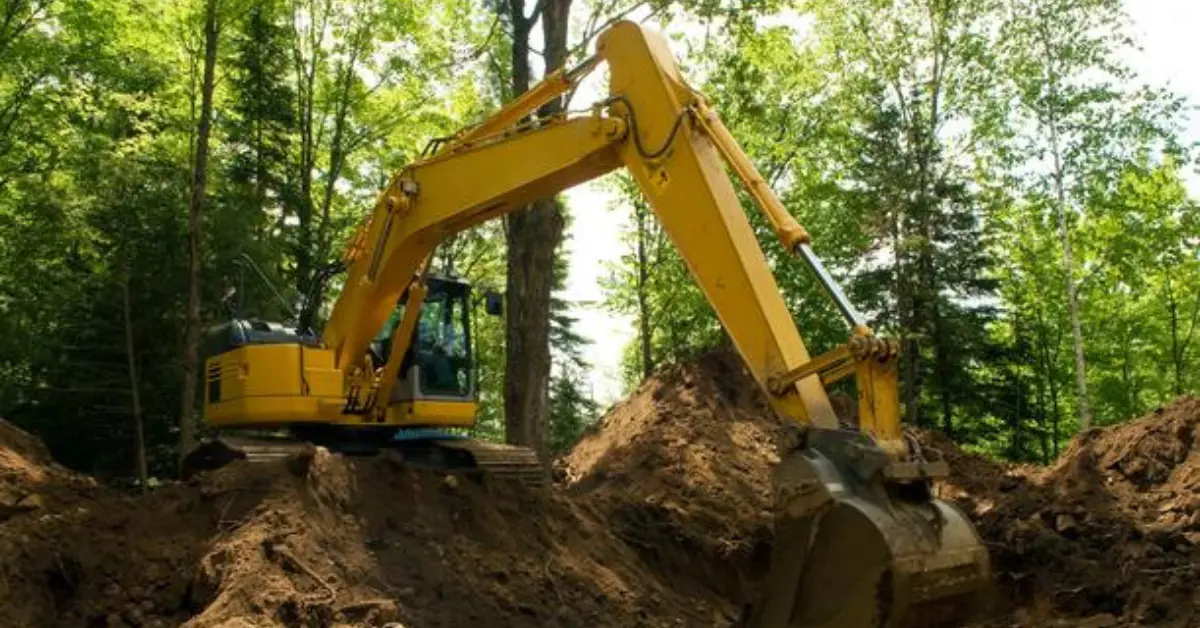
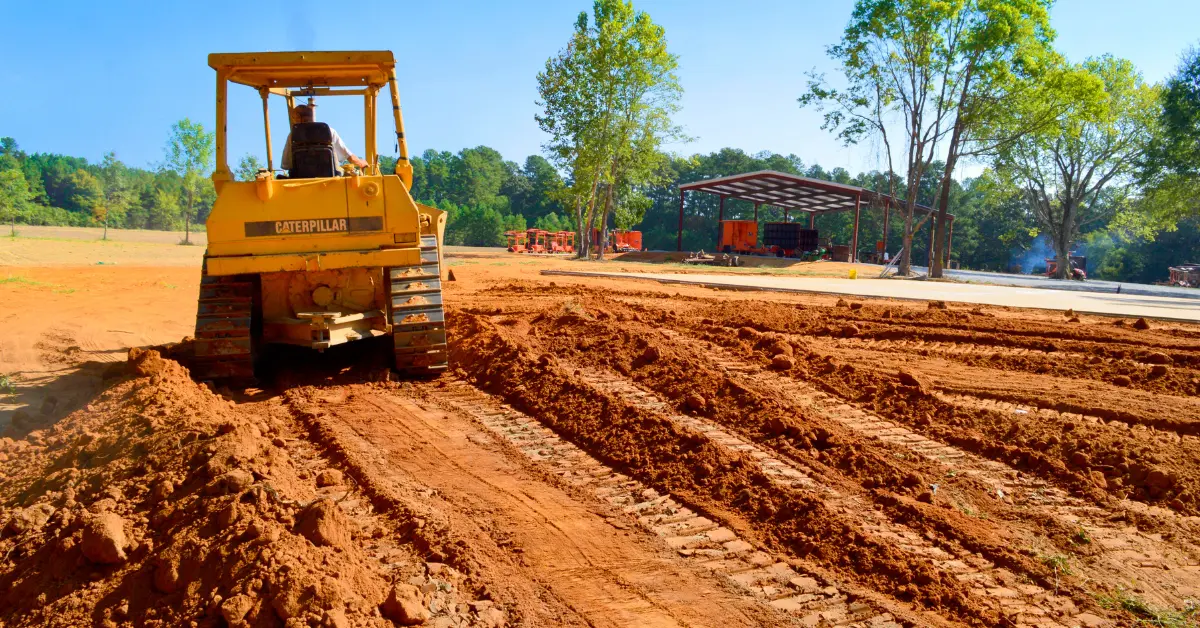
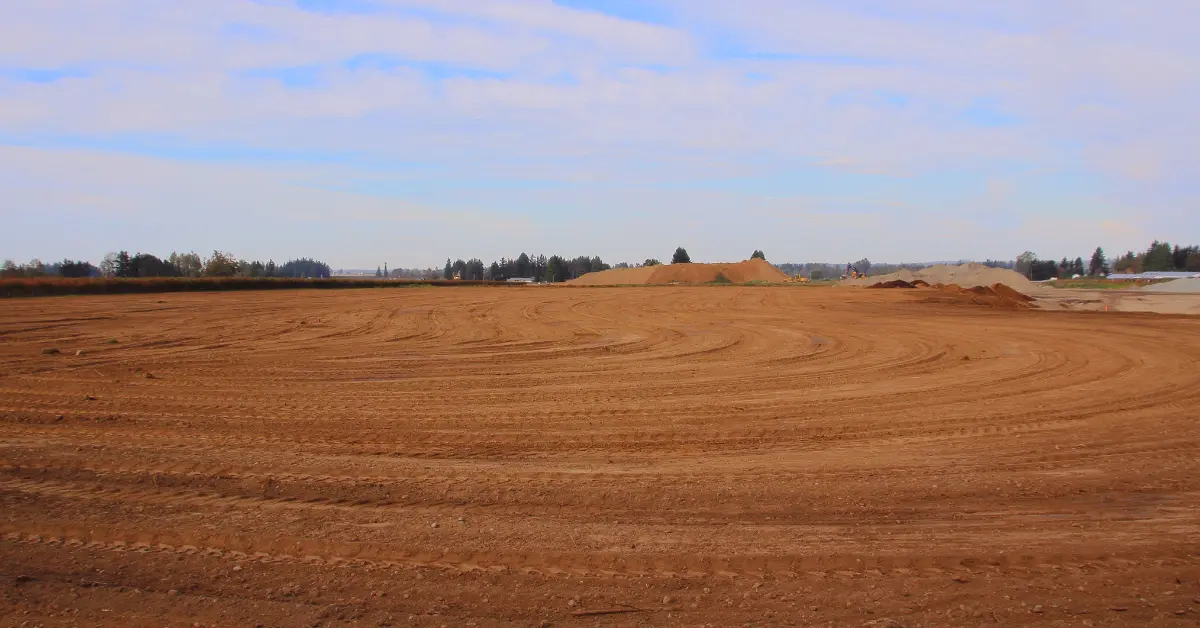





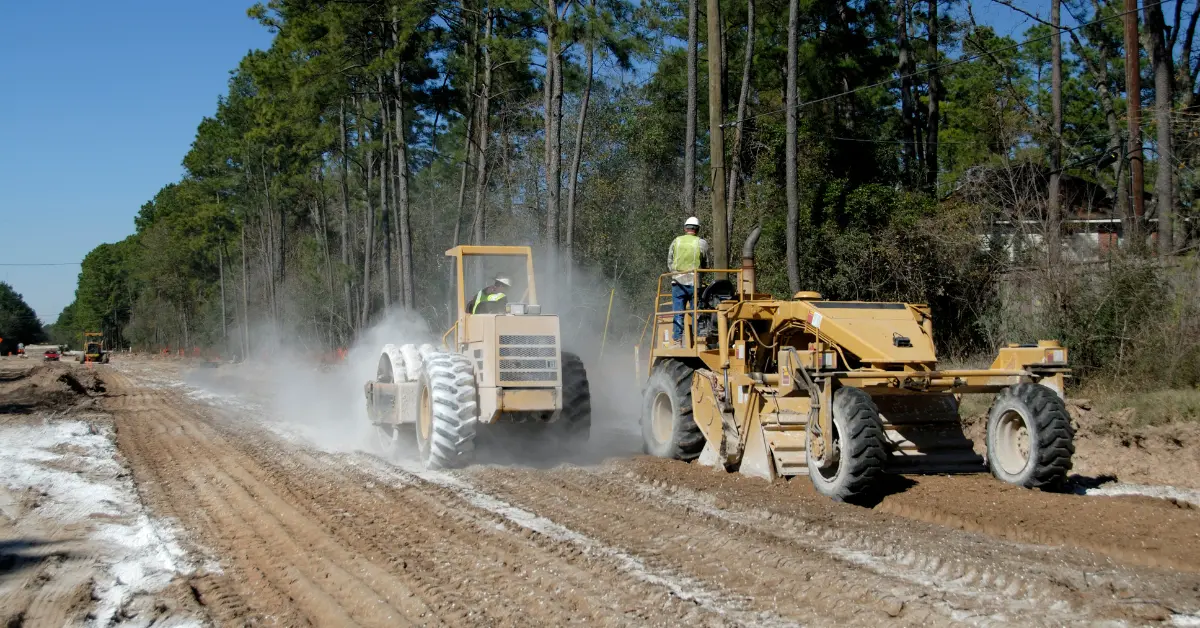




.jpg)

